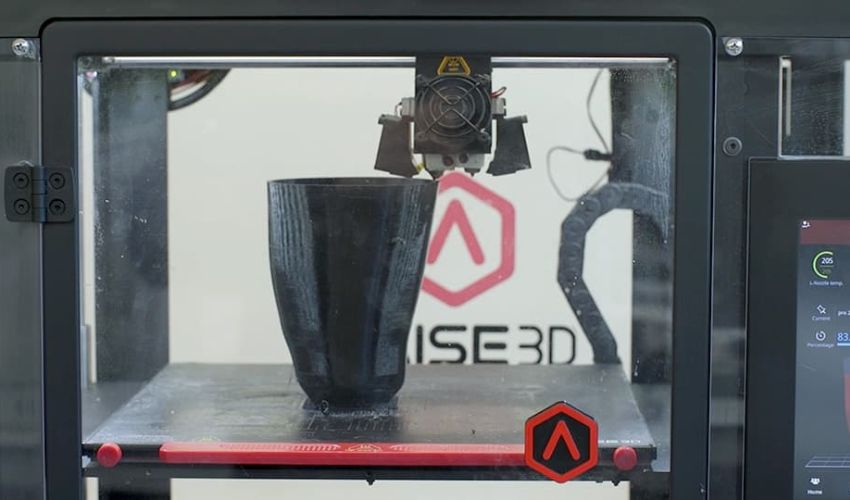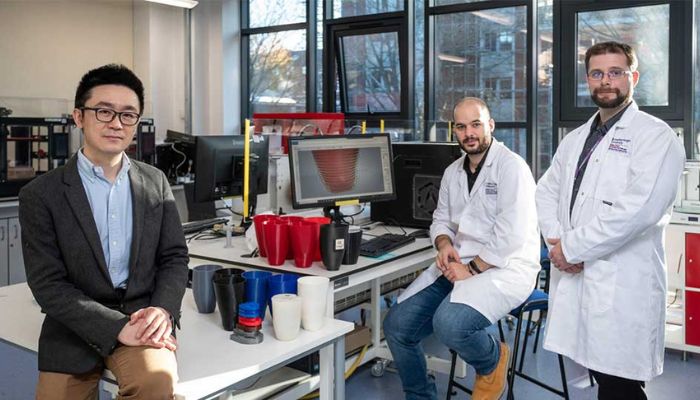At-Home 3D Printed Prosthetic Socket Manufacturing Could be Possible with Breakthrough

Advancements in Digital Design-to-Manufacturing Process for Lower Limb Prosthetics
3D printing has emerged as a game-changer in the medical field, particularly in the development of prosthetics and orthotics. While the technology allows for highly customizable solutions, challenges persist, especially concerning the limited availability of these prosthetics. However, a recent breakthrough in 3D printing research by Loughborough University could potentially revolutionize the creation of prosthetic sockets.
Prosthetic sockets are critical components that connect the residual limb to the prosthesis. Ensuring a proper fit is essential for stability and preventing skin issues. However, crafting these sockets is a time-consuming and labor-intensive process, requiring expertise and taking several weeks for completion. Additionally, they wear down relatively quickly, necessitating regular replacement.
The Breakthrough Research

Dr. Simin Li and his team are working on creating 3D printed prosthetic limb sockets
Led by Dr. Simin Li, a Senior Lecturer in Mechanics of Biomaterials, the research team at Loughborough University has developed a fully digital design-to-manufacturing process for prosthetic sockets using 3D printing. This groundbreaking approach has the potential to enable the production of lower limb prosthetic sockets in remote locations or even users’ homes.
The innovative process involves a fully digital workflow and additive manufacturing (3D printing). Limbs are first scanned, and personalized design profiles are created using CAD software. The digital file is then imported into a 3D printer, allowing for the creation of highly customized and repeatable prosthetic sockets. This approach aims to simplify the design and manufacturing process, making it accessible to healthcare professionals and users alike.
Dr. Li emphasizes the quantitativeness and iterativeness of the process, highlighting its high customization, repeatability, and efficiency. The ultimate goal is to democratize the design and manufacturing of prosthetic sockets, making the process more accessible in local communities, hospitals, and even users’ homes on demand.
Overcoming Geographic Barriers
The research team’s achievements extend beyond conceptualization, demonstrating successful customization for various needs, from everyday walking to high-intensity sports. Extensive testing reveals prototypes capable of bearing impressive loads, showcasing the robustness and potential of 3D-printed prosthetic sockets. Dr. Li envisions the research as a catalyst for breaking down barriers to healthcare access, medical expertise, and 3D printing techniques in remote locations, fostering broader discussions on utilizing 3D printing for medical devices and beyond.
